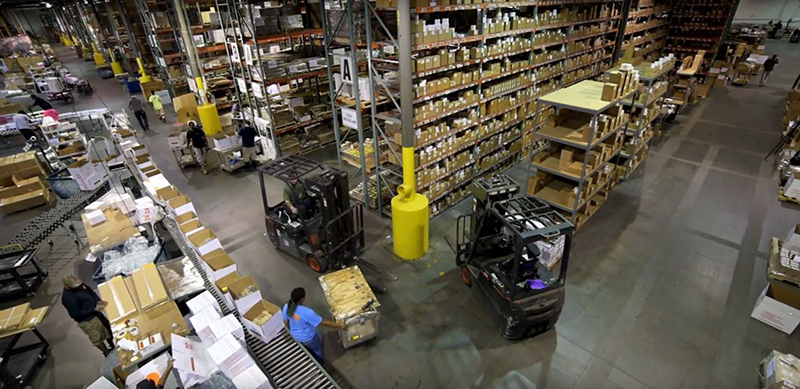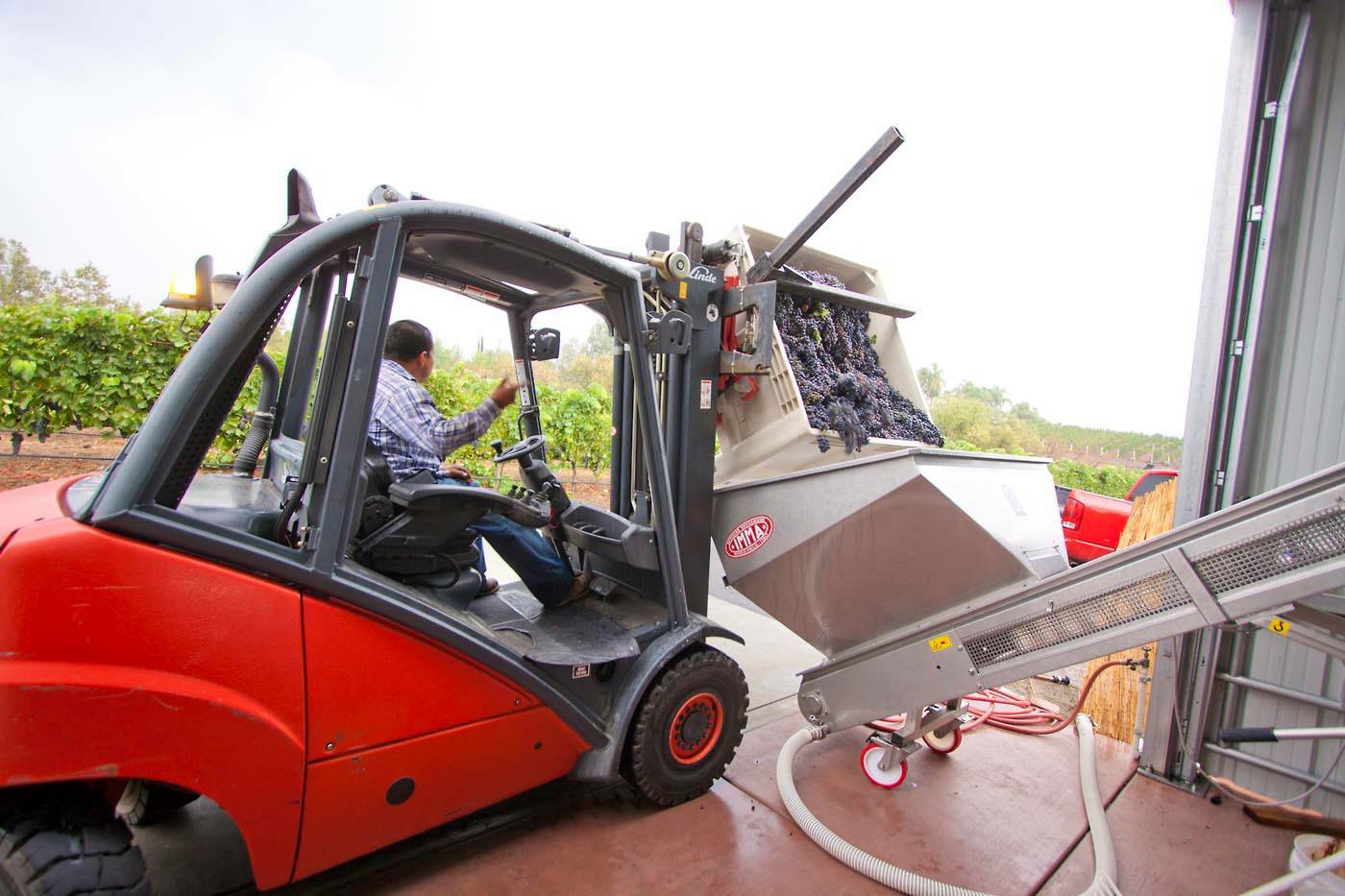Managing a warehouse includes solving complicated logistical issues, ensuring efficient production, and delegating tasks to employees. Knowing some tips to this trade will be useful in staying organized and on track for the next shipment.
Storage
The most valuable asset within a warehouse is space. Utilizing this space in the most optimal way to serve your purpose should be in consideration. Using stackable and resealable containers has proven to increase aisle space. The use of vertical storage will help to clear paths for picking and restocking. The base location of these vertical stacks should be placed regarding to frequency of use. Work will get done much more efficiently using this stacking method of utilizing air space.
Organization
A disorganized warehouse is not only a daily stressor, but it is also sending a negative message to suppliers, visitors, and employees. Organization is a major key in managing a warehouse. Think to yourself – what are the main functions of this warehouse? Then, re-arrange according to functionality. By dedicating two to four hours a month to re-organization and cleaning, you’ll be surprised with the difference it makes! Having an adequate, clean space to execute picking and stocking ensures efficiency throughout the process.
Automation
The integration of technology within warehouses has allowed increased efficiency as well as organization. Implementing barcoding software along with clearly printed labels has been found to be the quickest way to manage inventory within the warehouse.
Along with barcoding software, there is also software that tracks inventory error rates. Whether something has mistakenly gone out or never even arrived in the first place, this technology allows managers to track error rates. By tracking these errors, managers are able to find problem areas and tackle them with ease.
Receiving-End Functionality
The receiving area of a warehouse is one of the most vital spaces. The unloading of materials, breaking down of pallets, and the counting of shipments are all typically executed within this area. Requiring this to be the largest functioning area will allow employees to do their jobs with less constraint.
Another benefit to making this the largest space is that logistics can be accommodated much easier. Being able to receive shipments simultaneously in the large receiving area will increase the flexibility of scheduling.


